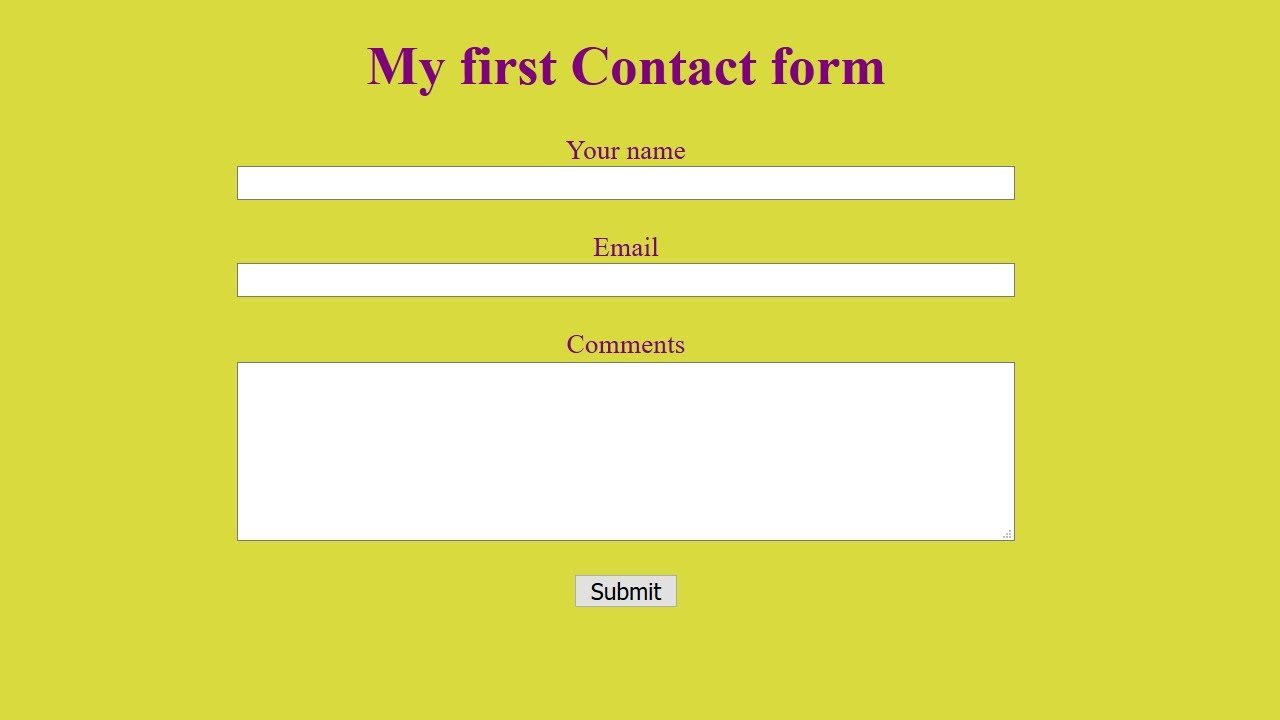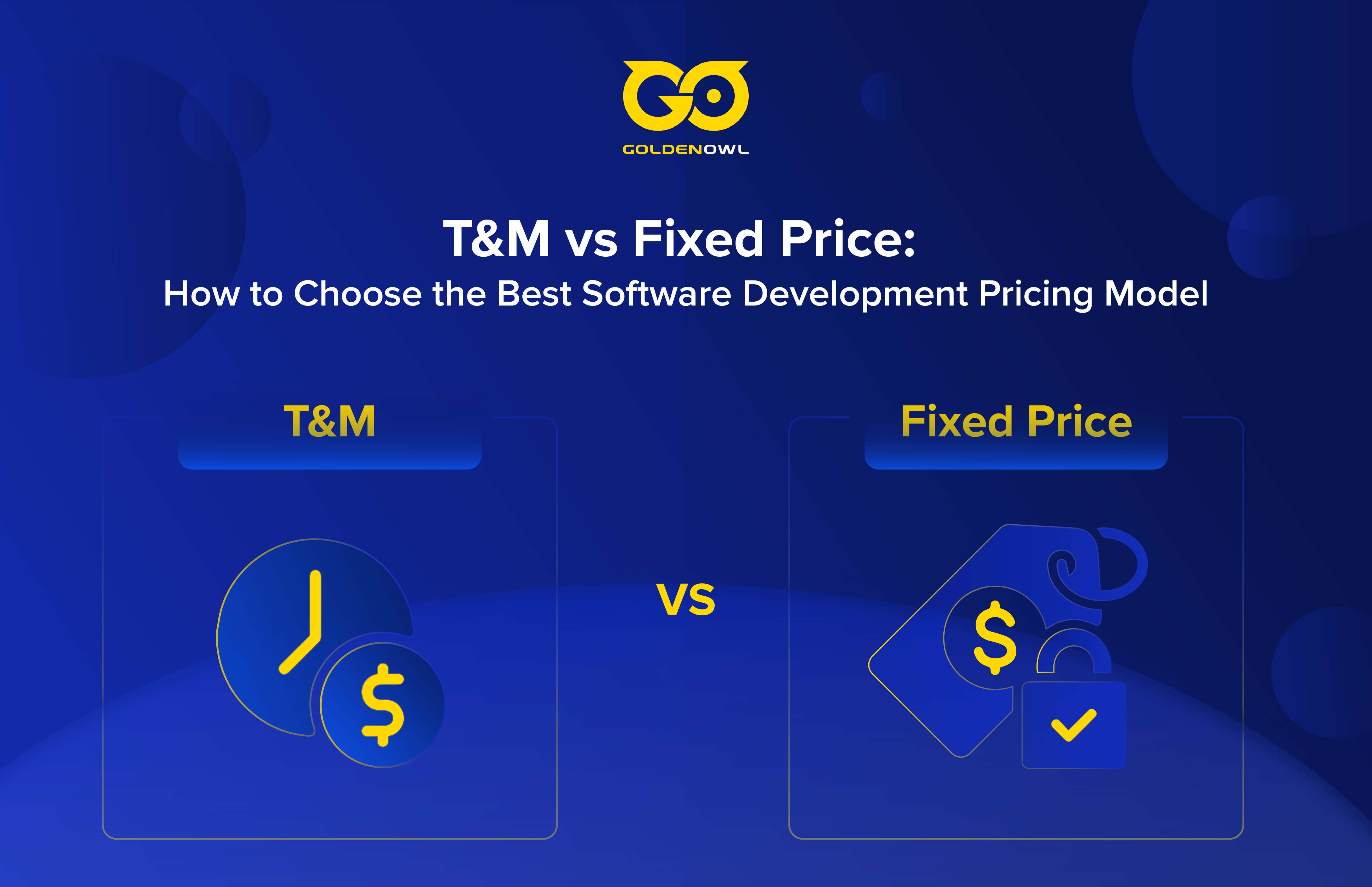Contact forms have long been the industry standard in terms of how to collect prospect information and acquire online leads across a wide range of sectors.
For the past decade, the typical "inbound marketing strategy" has been to hide your greatest content behind a form.
However, some businesses appear to be abandoning this sales prospecting strategy.
In other words, your prospective consumers are hesitant to submit their email addresses in yet another form.
Users who wish to communicate with companies online can do so in one of four ways:
Contact forms;
Emails;
Phone calls;
Chatbots
These are all examples of contact forms.
So, what about contact forms? Is it required to use contact forms?
Are contact forms a thing of the past?
Should we continue to utilize these sales prospecting strategies because they still work to some extent?
We’ll figure this out in today’s article and how to collect prospect information in a better way!
IS CONTACT FORM REALLY MAKING IT EASIER TO COLLECT PROSPECT INFORMATION?
Lead generation forms are still important in sales prospecting strategies and marketing in the year 2021.
In fact, forms are still the key lead generation tactic for 74% of marketers.
Are you interested in learning more about this case study? Fill in a form!
Do you want to know about the prices? Fill in a form!
Get this free guideline book? Fill in a form!
Hopefully, you get the picture. To fill their pipelines with leads, marketing and sales rely on forms.

So, yes, it's difficult to break free from that attitude when everything you thought you knew about lead generation revolved around how to collect prospect information through cleverly placed forms.
Read more: 6 powerful tactics to successfully delight customer after sales
Frequently, contact forms request more information than is required. Prospects may lose interest in completing the form as a result of this.
If they're unsure whether or not they can trust your website, requesting too much information will make them suspicious, and they'll be less inclined to complete the form.
In fact, according to one poll, the vast majority of clients distrust contact forms.
When given the option of using a contact form or sending an email, 67.3% choose to contact the company via email.
Forms are a barrier to admission, not a way to start a dialogue. So why are gated content and form submissions still the most common sales prospecting strategy?
BETTER AND MORE PREFERRED METHOD OF CONTACTS
1. Make live chat available to consumers immediately.
We live in a world where we expect immediate results.
Prospects frequently want rapid responses to their questions, or at the very least the assurance that their inquiry is being read.
That's when the live chat feature comes in handy when it comes to collecting prospect information.
Chat may immediately start a conversation by asking qualifying questions. The bot may first display a tutorial, blog article, or instructive sheet.

The prospect may then examine the pricing sheet or inquire more. The chatbot will then inquire if the user wants to speak with a representative immediately or arrange a call.
A chatbot, no matter how well-designed, won't be able to totally replace a live, breathing human.
However, a chatbot will provide prospects with the assurance that their information has been received, and if their question hasn't been answered already, a real person will be available to assist them soon.
Read more: 5 sales closing techniques that help you win more deals for SaaS business
2. Use website tracking technologies to collect data.
To collect prospect basic information, you don't have to make visitors fill out a form.
Leadfeeder, for example, connects to your website's Google Analytics account to track which organizations visit your site and what activities they perform while there.
Even better, this sales prospecting strategy may assist users in locating contact information for visitors to their website.
You may prequalify prospects based on their activities and attributes by tracking visitors to your site.
The information you gather may help you determine a company's size, revenue, possible requirements, pain spots, and other important elements that affect whether or not they are worth your sales team's efforts.
3. Conducting survey
Companies can also disseminate customer surveys to obtain feedback and contact information from their consumers.
A survey consists of a list of questions that respondents can answer in one or two words, and it frequently provides respondents with a choice of options from which to choose.
The findings of the survey may also be utilized to construct customer profiles and improve service.
Customers may be more ready to share their contact information with you if they believe you actually care about improving their lives.
Surveys can be conducted online, by email, over the phone, or in person.

Create an online survey and host it on your website or with a third party. Then you may share a link on social media, over email and in pop-ups on your site.
Read more: The complete guide to a successful sales kickoff in 2022
DO PEOPLE STILL USE CONTACT FORM?
Yes, to put it precisely.
The long answer is still yes, but this sales prospecting strategy through form isn’t the only mean of communication available.
Whether you utilize contact forms or not should be determined by a number of variables, including:
CONCLUSION
Prospecting may be a difficult part of the sales process.
However, you can't expect a contact form to perform well and put you on the right route to qualifying a potential customer.
Using and collecting prospect information may appear to be a difficult process, but if done effectively (and ethically), you'll gain vital insight into how to enhance your products and services.
Make sure customers understand what data you gather, how you'll use it, and why you're collecting it.
Don't forget to subscribe to our blog to not miss out on any advice for entrepreneurs or some tips for entrepreneurs to be successful!























